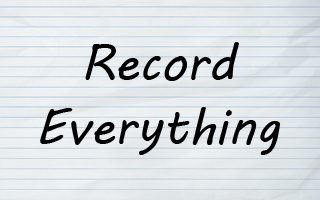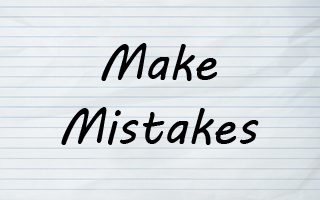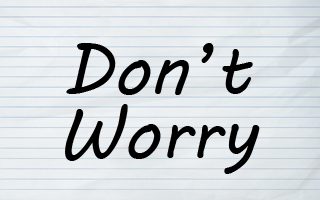Last time I wrote about why you might decide to appear and talk in your business video. Leading on from that I wrote about how you should prepare. This time we need to talk about how you will perform on the actual day of the video shoot. When planning a video with a client this is always one of the most contentious issues. That’s why I realised I should write about this. People are always very anxious, often at the prospect of even appearing. I hope my last article went some way to alleviating fears. Good preparation always makes even the most difficult task easier. Assuming that you and your film maker have decided that you will be presenting It’s time for us to look at some techniques for the day of the shoot.
 Record Every Time You Perform
Record Every Time You Perform
You will be tempted to have several practice runs or rehearsals before you record. Don’t. The chances are that the more times you perform the better it will get BUT you won’t feel the tension if you aren’t recording. Then when you do record you will get nervous all over again. Instead record every attempt. This is better for you as the performer and gives the editor more options when cutting the video.
Know Where You’re Looking
This is very basic, but be aware of where you are looking. If you are presenting to camera you need to look straight down the lens. When you meet someone if they are constantly looking just past your ear the conversation quickly gets very uncomfortable. People who look us in the eye when we talk get our attention and our trust. This doesn’t mean you can’t look away from the camera. You will need to interact with your demonstration. But your default position should be to present straight down the lens. The exception to this is if you include some kind of question and answer session in your video. In that case you need to interact with your questioner or audience and give them your attention.
Talk Slowly
You speak faster than you think. When we converse with each other there are short cuts, and jargon, and in-jokes that we use with each other. Your audience for the video knows none of these things. When we present we need to speak clearly and at a steady pace. Most people converse at around 150 words per minute but you need to pull that back to around 120 as a maximum. This will allow your audience thinking time to absorb what you are telling them.
 Make Mistakes
Make Mistakes
Mistakes are fine. Don’t be afraid of them. What is important is how you treat them. When you make a mistake, and you will, you can get uptight. Don’t. Take a breath and start the sentence again. You can restart what you are doing but multiple mistakes can then lead to time over-runs, increased shooting spend, tension and even more mistakes. Instead just redo that sentence and continue. It’s no big deal. Your video is going to be edited and your mistakes can and will be cut out. It is your editors job to make you look good and only allow the good stuff into the final cut. We can do something to make that easier for the editor and that is…
Shoot Two Angles
This is something for your film maker to do but you should bring it up at the planning stage. The reason you should shoot on two cameras simultaneously is simple. The editor has two views of you presenting. One where you look straight at the audience and a second view. This second view is slightly side on, what we call a three quarter angle. Alternatively it could be a close up shot of whatever you are demonstrating. The editor can then cut back and forth to make the viewing experience more interesting. They can also use it to cover the cutting out of any mistakes you make.
 Finally…
Finally…
The most important thing is to not worry. You know your business. You know your pitch. Your film make will make you look the best version of you. Your mistakes will never see the light of day. Knowing this means you have nothing to worry about. Enjoy the experience and that confidence and enjoyment will come across to your audience.





